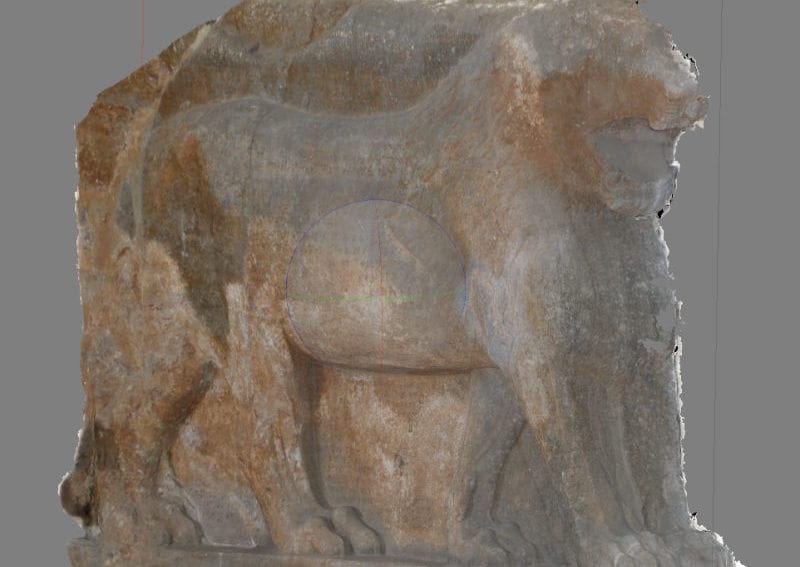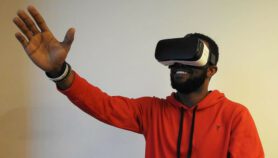By: Amy Balog
Send to a friend
The details you provide on this page will not be used to send unsolicited email, and will not be sold to a 3rd party. See privacy policy.
Last month, terrorist group Islamic State (ISIS) released a video showing militants smashing artefacts in the ancient Assyrian city of Nimrud and then blowing up the site. This is the latest in a string of attacks on Iraq’s cultural heritage. In February, the group took sledgehammers and pneumatic drills to statues in Mosul Museum.
Archaeologist Matthew Vincent has started a technology initiative to counter ISIS’s destruction — and he says his approach could work in other fragile and war torn states too.
“We are working on expanding our tools to handle other sites.”
Matthew Vincent, Initial Training Network for Digital Cultural Heritage
Vincent and his colleagues at the Initial Training Network for Digital Cultural Heritage, a programme focusing on the electronic documentation and protection of cultural heritage, have set out to create digital replicas of Mosul Museum’s relics through Project Mosul.
The project’s volunteers primarily use a technique called automatic photogrammetry. This relies on photographs of the destroyed objects, crowdsourced from people who have visited the museum. The team input a series of photos of each object taken from different angles into software that triangulates key points on the object’s surface to create a digital 3-D model. About a dozen pictures are needed to do this.
Vincent and his team have already digitally reconstructed a selection of the lost artefacts — including the ornate gate below.
“This technique can in no way replace what was destroyed by the Islamic State, but it can help preserve the memory of that heritage,” says Vincent.
Vincent’s current focus is setting up an online museum, but he has also considered 3-D printing. This would enable the production of detailed replicas of the artefacts. The team would need more information to do this, such as data on the original measurements and materials, which is not always available.
Both the digital reconstruction of the artefacts and the prospect of 3-D printing are complicated by ownership issues. There is no clear legislation about who holds the ‘copyright’ to ancient cultural heritage, so deciding who owns it can be difficult.
“Really any site around the world that has been destroyed in conflict would be ideal for this platform.”
Matthew Vincent, Initial Training Network for Digital Cultural Heritage
Vincent says there are two general strands of thought about who owns the rights to ancient artefacts. One says that local authorities should be the custodians, the other sees the objects as having universal ownership.
“I feel the correct way to resolve these situations is to always work with the local authorities,” Vincent says. But he adds that there seems to be a sentiment coming from those in Iraq that Iraqi heritage should be accessible to the world. “As such, there seems to be a positive attitude towards this effort.”
Vincent now hopes to extend the endeavour to digitally restore objects destroyed not just at Mosul, but also at Nimrud and the UNESCO world heritage site of Hatra, an ancient fortified city in northern Iraq.
“We are working on expanding our tools to handle other sites,” Vincent says. “Really any site around the world that has been destroyed in conflict would be ideal for this platform.”
He adds that the preliminary work on the ‘digital museum’ of replicas from the Mosul Museum should be freely available to the public soon.
Emese Balog is an intern at SciDev.Net. @Emese_Balog














